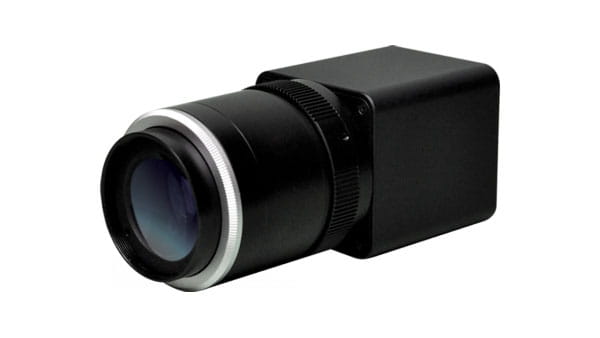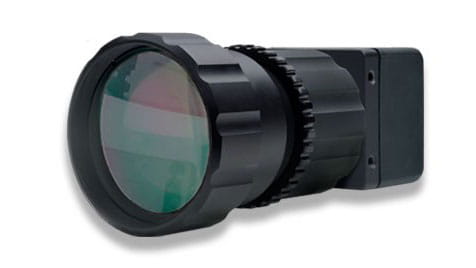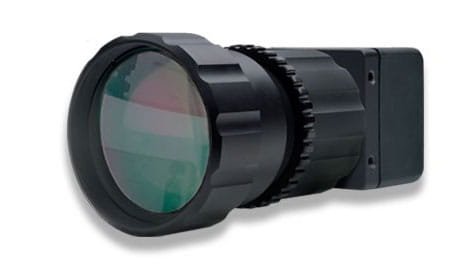
InGaAs SWIR cameras are useful tools for the art conservator to authenticate and document paintings. Infrared reflectography is the method of seeing beneath a painting's surface to collect valuable information on a work of art. Short wave infrared cameras are a valuable tool for IR reflectography; this type of photography is similar to visible photography, as both detect reflected light. However, Sensors Unlimited cameras, based on InGaAs short wave infrared technology, can detect detail beneath the surface of the painting, where visible imaging cannot go. Surface pigments are typically transparent at wavelengths longer than 1100 nm, so infrared light penetrates the painting's upper layers. Reflected by the base, the IR light is then absorbed by the underdrawing.
Being able to "see" underneath the first layer of pigment provides the art historian or conservationist with critical information about the original intent of the artist. It can also validate whether or not the work is an original piece of art or identify details with historical context.
High quantum efficiencies offered by InGaAs imagers (greater than 70% in the 1000 to 1700 nm region) make them a good alternative to vidicons (lead-oxysulfide detectors) and can offer quality images similar to what silicon CCD imagers provide in the visible spectrum. Also, unlike systems which utilize InSb detectors, InGaAs systems do not require expensive cooling or costly optics.
In the news
Sensors Unlimited 320M SWIR Camera reveals second painting by Picasso
Recommended product categories


640CSX VGA Camera


